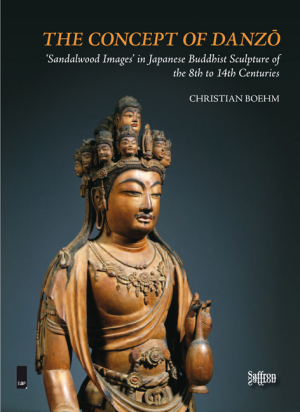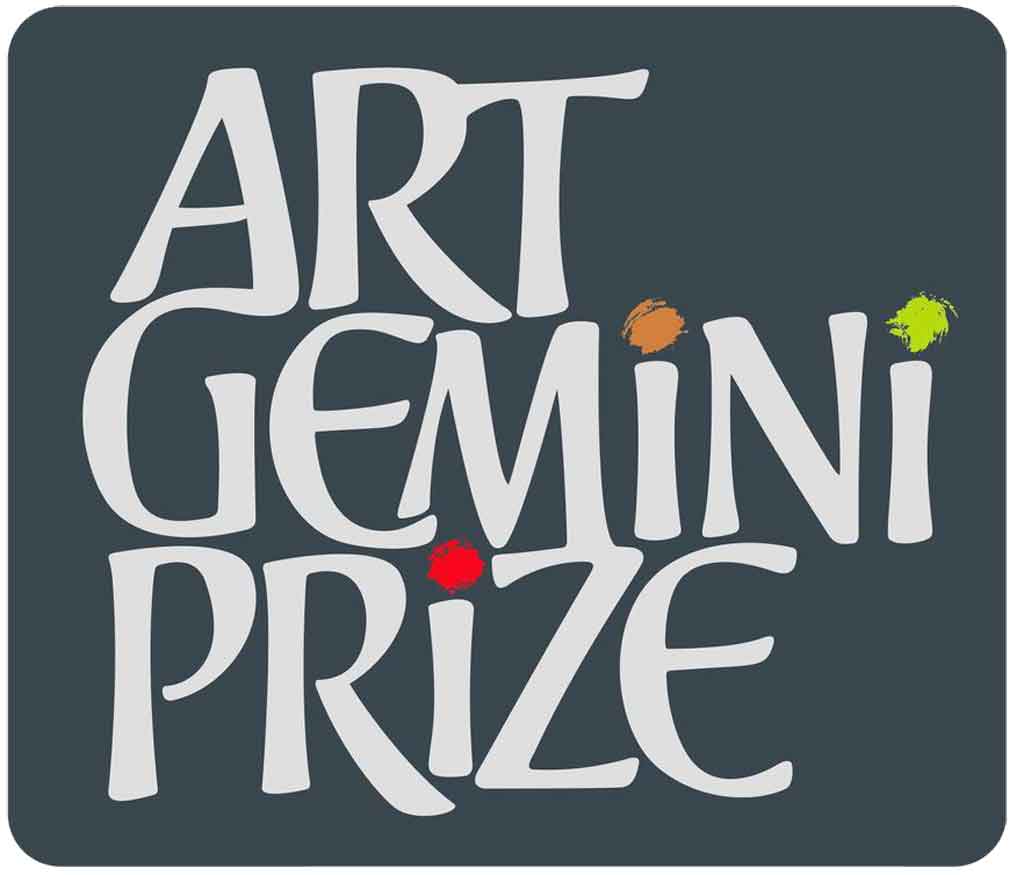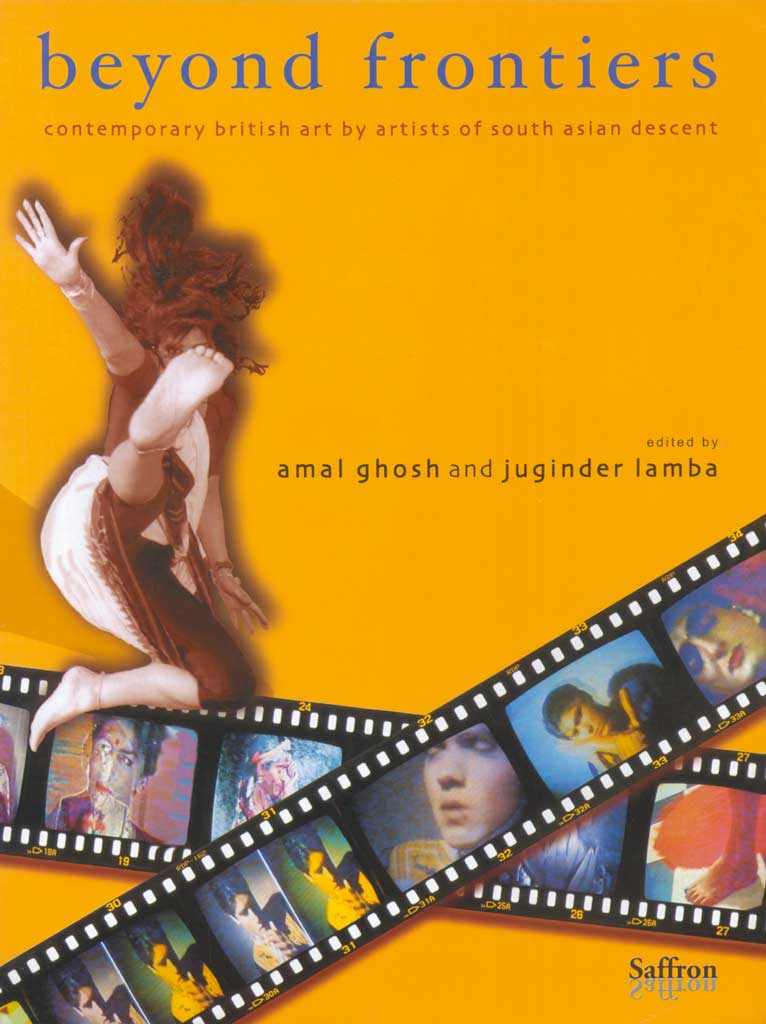Arab Puppet Theatre Foundation in performance, but not as we know puppet theatre. Photo: Lama Chidiac
London’s annual Nour Festival returns to the multicultural metropolis 20 October-6 November 2016, promising to highlight “the best of contemporary arts and culture from the Middle East and North Africa.” Sadly the festival’s overarching mission is challenged and overshadowed by unprecedented turmoil and fragmentation in the region it celebrates and showcases.
As the five-year-old festival’s audiences have come to know, nour means light in several languages of MENA. The word is replete with secular and religious, temporal and spiritual nuances in Arabic, Persian, Turkish, Kurdish, Urdu and many other languages besides. It’s a ready metaphor and a fitting title for a festival celebrating a whole range of art from performance to literature to visual. (A forerunner in Los Angeles, Noor Iranian Film Festival, has focused on cinema, mainly from Iran, since 2007).
But nour or light is in short supply these days and not just in the Middle East. As Europe awaits with bated breath some chink of light from America’s darkening horizons, Europe must first extinguish the fires being lit in unexpected corners by Britain’s controversial vote on Europe. Neither aspiration nor ambition nor endeavour seem an appropriate panacea—and it’s only just the beginning of who may know what.
Amidst these gross and gruesome uncertainties, art as ever offers some welcome solace, as does that mother of all intangibles, hope.
The festival’s programme suggests that optimism prevails amidst forbidding tableaux of turmoil and despair. The promise that something positive may lurk in dark places, when we least expect it, is the fuel that drives many a despondent spirit.
Art has come to the festival from places torn by trouble and strife. To be sure, more of it would have come, but for the circumstances beyond control of many of those wanting to take part, and not least of the obstacles being visa curbs in the aftermath of Brexit.
Several of the countries featured in the festival are among those caught amidst mindless wrecking of the arts, civilisations, culture and society in Iraq, Syria, Yemen and elsewhere. The violators of civilians and civilisations include countries that fund art, art fairs and art museums in their own lands, so how ironic is that?
And while they are at it, the conflicts they are blindly bankrolling are setting in store future deprivation that will divest their own citizenry not only of art but of basic comforts. Because funds meant for public welfare in posterity are squandered on weapons in pursuit of illusions of power.
Meanwhile, tens of thousands seeking refuge from war have perished or been reduced to humiliation in Europe. Many of those homeless would have produced more art, for festivals such as this one, but now they struggle for shelter and sustenance.
Still, art seldom fails to touch the heart or change our lives, however imperceptibly. The festival’s potential for entertainment, education and reflection no doubt is immense and suitable for people of diverse persuasions and tastes, but the suggestion of hope is a bonus. © Sajid Rizvi.
Festival Highlights
There are 36 events and 84 individual performances, across 16 venues with 28 partners. Artists from 15 countries present their work across visual arts, music, poetry, theatre, film, dance, and literature.
Themes of migration, loss and identity find creative expression in this year’s programme. In addition to festival curator Suzel Pitty, several curators are contributing to the mix, notably Aser El Saqqa as guest music curator, and Amin Abdulla Pradhan as the overall curator as well as joint coordinator with Rozemin Keshvani of an array of events at the Ismaili Centre, opposite the Victoria and Albert Museum.
•Arab Puppet Theatre Foundation UK premiere. Humour, magic and satire jostle for expression in an exploration of migration and exile. Reinventing the rules of puppet theatre, the performance, set design, props and puppets draw on possessions often found on the person of a refugee on the move.
•Katia Kameli, first UK solo exhibition by the French-Algerian artist, at the Mosaic Rooms.
•Iraqi-American trumpeter Amir El Saffar, Royal Albert Hall.
•French-Moroccan novelist Tahar Ben Jelloun in conversation with Lulu Norman and Rosie Goldsmith, Mosaic Rooms, coinciding with the publication of his new novel, About My Mother.
• Salah El Brogy’s new piece, GLITCH, at the Chelsea Theatre.
•The Khoury Project musical performance, a fusion of classical Arabic music, flamenco, Celtic, Indian, opera and jazz, by the three brothers, Osama, Basil and Elia, at the Tabernacle.
• Ellene Masri, UK premiere performance by the French-Lebanese singer of her debut album Music, at the Tabernacle.
• The Writing of Art, featuring the work of Khaled Ben Slimane, Graham Day, Hanieh Delecroix, Parastou Forouhar, Farnaz Jahanbin and Katayoun Rouhi.
As part of the Nour Festival, a fortnight of daily lunchtime music recitals features at the Ismaili Centre. Musicians from Europe, the Middle East and North Africa, who are inspired by Silk Road traditions, offer compositions using traditional and contemporary musical instruments.
Amir Nizar Zuabi, from the Silk Road Rising Theatre Company, presents My Sweet Home, which will be showing at the Aga Khan Museum, Toronto, in November. This is an emotive play set in the kitchen of a Syrian woman preparing kibbeh far from home whilst recounting tales of her vanished lover. Her stories bring to life an ancient land torn by war.
The Daughter of the Pomegranate Tree, by Merit Ariane, is joined by Greek Australian storyteller Anna Conomos, Iranian kanun player Nilufar Habibian and British multi-instrumentalist Jon Bank. This reinvents and weaves together traditional songs, poems and stories of the Middle East and Mediterranean infused with sensations, fragrances, tastes and colours.
The concluding event will be a beguiling performance by Joseph Tawdros on his custom-made oud with a cello-like range. The performance will also feature a part of Tawdros’ recent project, The Prophet, which is inspired by the poetry of Kahlil Gibran, among others.
Nour Festival is coordinated by the Royal Borough of Kensington and Chelsea. | https://www.rbkc.gov.uk/nour/events








